Donegal is known for its incredible scenery and much of the coastline around us is protected by Irish and European law as designated special areas of conservation. The whole of Horn Head to Fanad Head is an area of special protection.
But you don’t need a big budget to enjoy a holiday here. We’ve chosen 8 of our favourite places to visit for free around Creeslough to share with you.
1. Doe Castle
Overlooking Sheephaven Bay this recently restored fortified castle dates from the 16th century and was home to the Clan Suibhne (MacSweeney clan). It has a tower, battlements and defensive walls surrounding a courtyard and is under a mile from the Wild Atlantic Camp site. It has a romantic history and is a place known for marriage proposals. You have been warned!
2. Ards Forest Park*
This lovely Coillte managed Forest Park on the Ards peninsula is bordered by The Back Strand on the west and Doe Castle Strand on the east and covers 1,200 acres. The trails are well marked and take you through the forest of coniferous and deciduous trees as well as to sand dunes, salt water lakes, salt marshes and beaches. The remains of four ringforts can be found in the park as well as a number of megalithic tombs – legend has it that these were the beds of Diarmuid and Grainne in their flight from Fionn Mac Cumhaill.
There is a children’s playground near the main car park and a coffee cabin (open June to September). Ards Friary, on the east of the park, also has a car park (free) and coffee shop. You could easily spend a whole day here. See map here.
*There are a number of free entrances to Ards Forest but to park in the main car park you’ll need €5 on entry to lift the barrier. Exit is free.
3. Marble Hill beach
A firm favourite with families and the local surf schools this blue flag beach is safe and easily accessible. Vehicles are permitted to drop off or pick up boats or jet skis only, no parking on the beach allowed. Stretching for over a kilometre the beach has rock pools at one end and enough sand for the biggest sand castle.
Marble Hill beach is the local venue for the long running New Year’s Day swim and has two refreshment huts and clean, well maintained toilets nearby. The beach itself is bordered by sand dunes with wild flowers and is one of the last places in Ireland where you may still hear the Corncrake calling.
4. Killahoey beach
Situated nearer the busy market town of Dunfanaghy, Killahoey is another blue flag beach on our doorstep. Follow the signs for Dunfanaghy Golf Club and carry on down the road to the free beach car park, through the golf course (“Fore!”). As with Marble Hill vehicles aren’t allowed on the beach but be prepared – there are no facilities for beach goers. A great spot for wave watching as the beach is not sheltered from Sheephaven Bay but take a hat as it can get blustery.
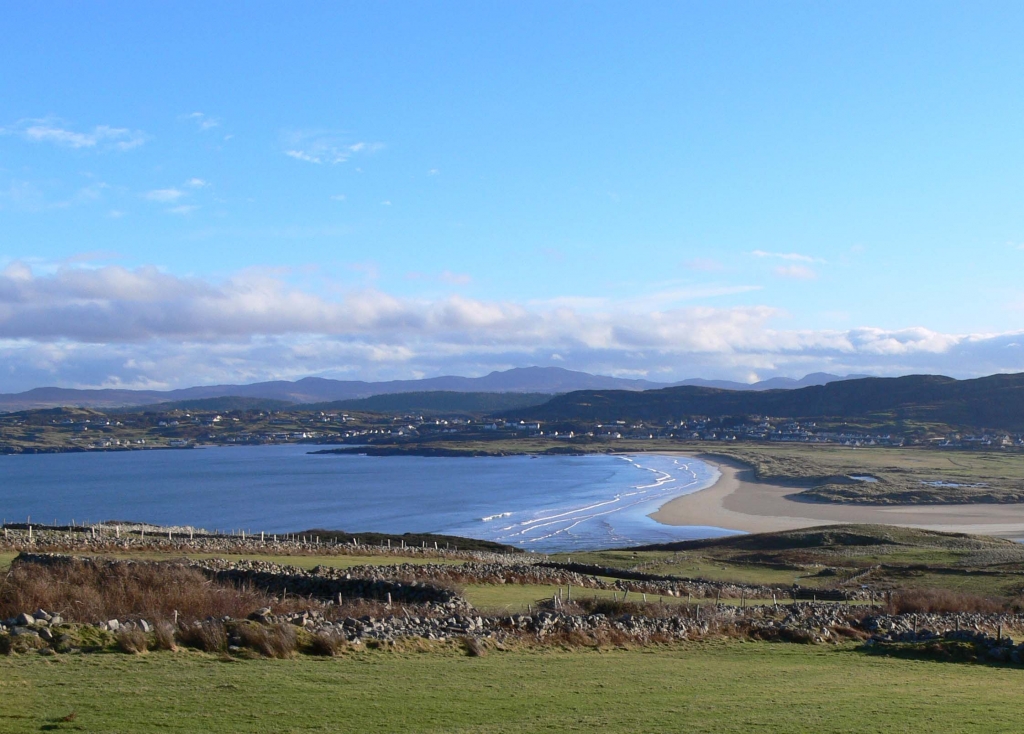
Killahoey Beach is where the Guinness world record for the most sandcastles built in one hour was made.
5. Tra More beach
Donegal has the most number of blue flag beaches in the country so you really are spoilt. Tra More is yet another blue flag beach on our door step and gets fewer visitors than others probably because a 30 minute leg-stretching walk through sand dunes is required to get there. Cold blue water (with a strong undertow) and a stunning view to Tory Island and Inishbofin are the reward.
If you’re feeling adventurous carry on round the headland on the cliff tops to the cliff blowholes known as ‘Two Pistols’ and, further on ‘MacSwyne’s Gun’, so called because of the boom made by the waves during a storm. Read what Rough Guide says about this walk.
6. Duntally Nature Reserve
This beautiful wood of deciduous trees borders our camp site and is a magical place for faerie spotting and bluebell counting. Look out for Blackthorn (used making shillelaghs for stick fighting), Alder and Willow trees on the bottom of the gorge as well as Oak and Hazel trees on the slopes. Keep your eyes peeled, too, for otter tracks and Long Tailed Tits.
The wooden bridges are great to trip-trap over and the path is perfect for buggies and wheel chairs. The three mile round trip from the camp site takes about an hour, depending how long you allow for discovering.
7. Muckish Mountain
At 666m high Muckish Mountain offers a rewarding climb, either via the Miner’s Path (short and sharp) or via the path starting at the grotto on the well named Back of Muckish road (long and leisurely). The top of the mountain is surprisingly flat and as big as three football pitches but the rocks make playing a game impossible – boots (and other safety gear) are essential as conditions on the mountain can change very quickly.
8. Horn Head
A drive or walk up to the World War II lookout tower on Horn Head offers spectacular views and probably one of the best photo opportunities around. Look east and see Melmore Head, Fanad Head and Malin Head (Ireland’s most northerly point). Look west to see Tory Island. Look south to take in the seven sisters mountains starting with Muckish and ending with Errigal. Look down if you dare – the cliffs are 180m high and the wild Atlantic Ocean is directly below you.
And here are 3 great places to visit for a small fee around Creeslough:
We look forward to welcoming you soon!
Check availability and book your stay
Alternatively call us at +353 (0) 74 9138400 or email us at stay@wildatlanticcamp.com
To book your stay at the Wild Atlantic Camp
- Select your arrival date from our booking calendar above by clicking on your preferred date.
- The availability and pricing details will then be displayed, allowing you to choose your duration of stay.
- To complete the booking process, enter your details, email address and contact telephone number.
- Once booking is complete, you will receive a confirmation email containing your booking receipt.
- Wild Atlantic Camp will also contact you to arrange payment of a deposit to secure your booking.

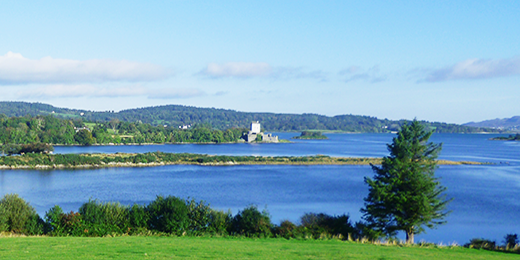
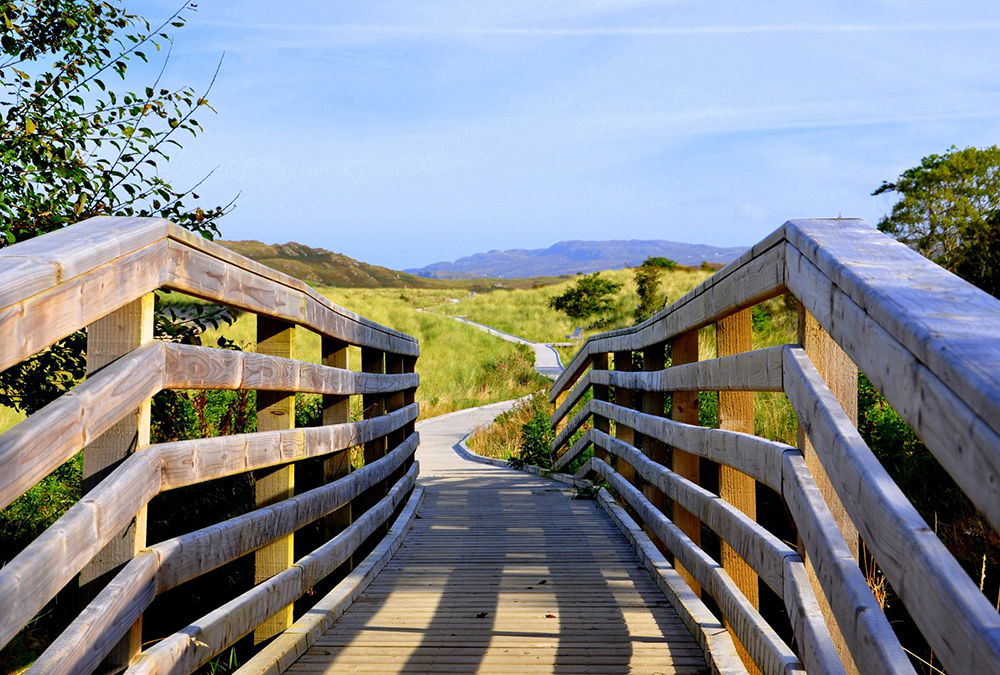
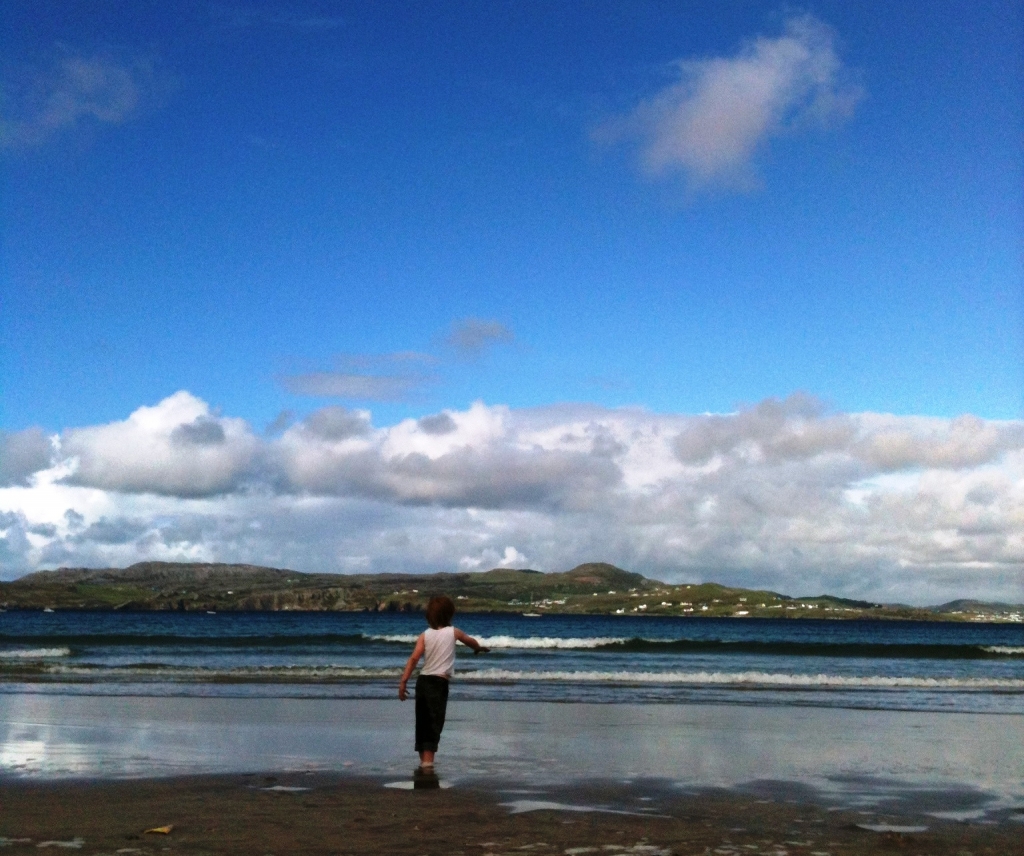
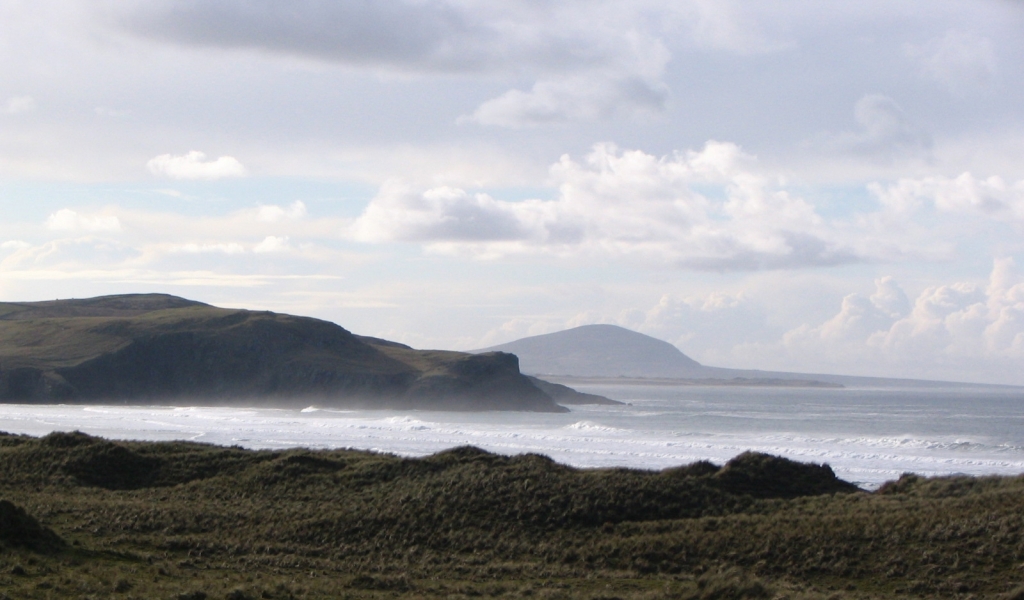
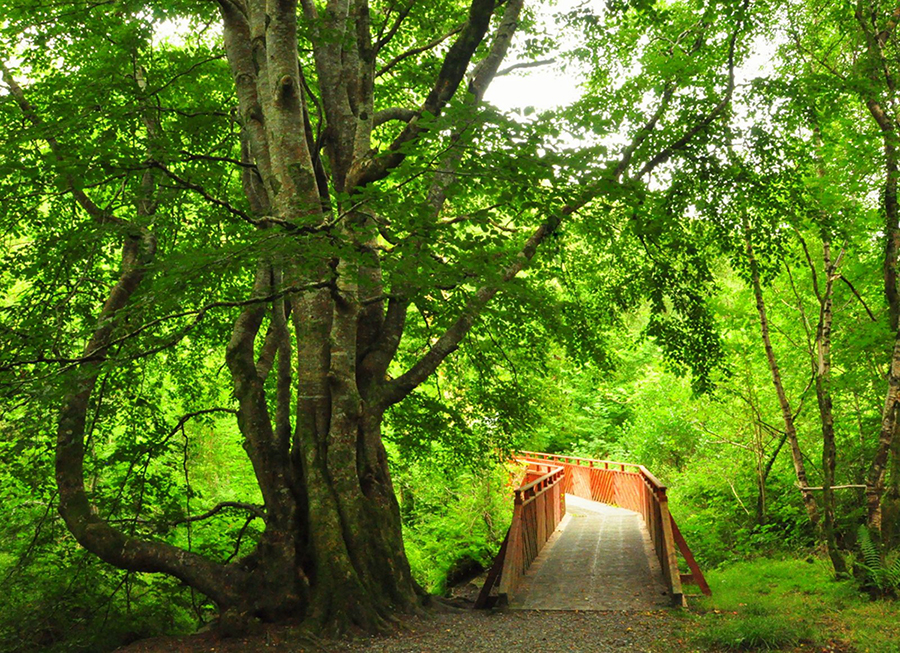
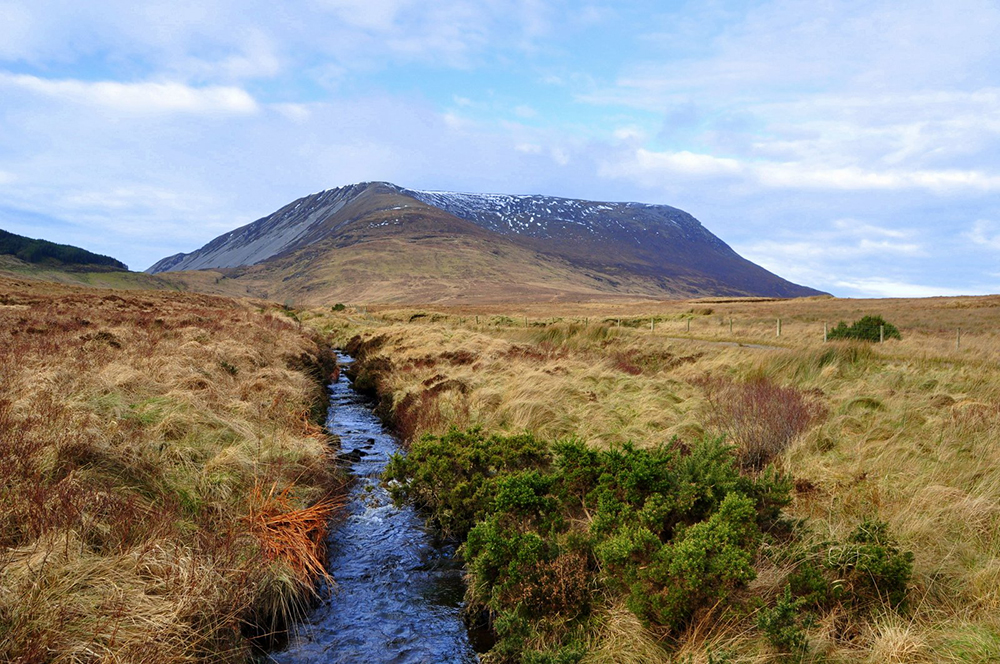
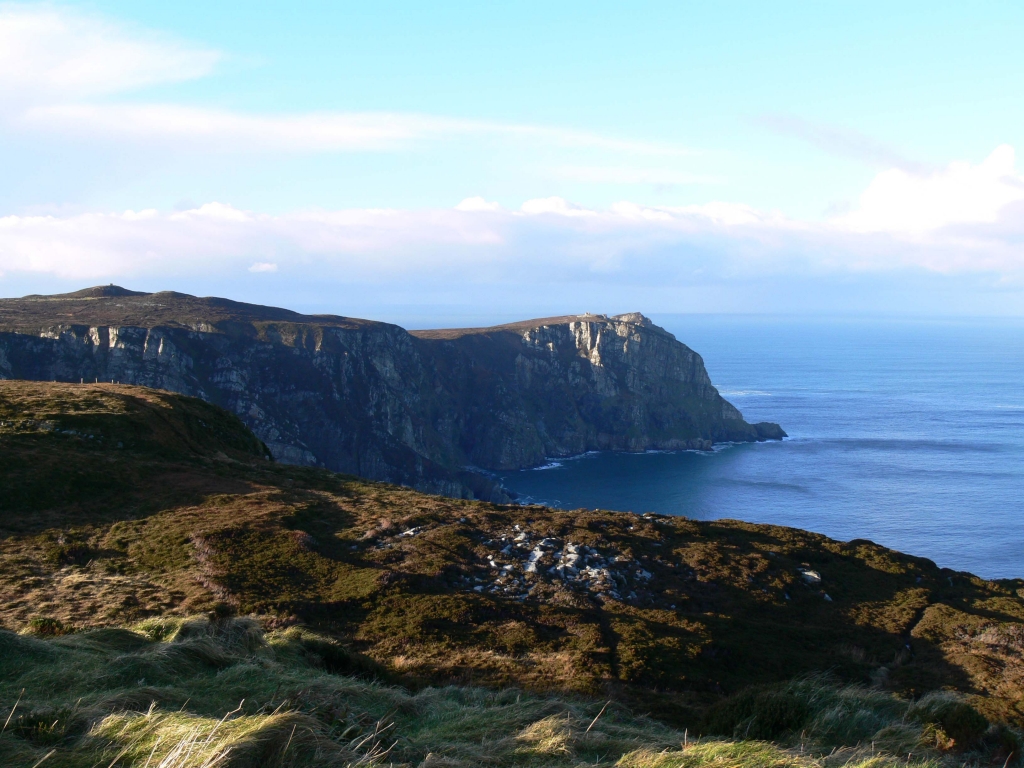
Also, ‘The Back Strand’ in Falcarragh, looking out onto Tory Island, (my home) and Magheraroarty beach near Gort-a-hork. Great views of Inish Boffin and Tory! Fabulous!!